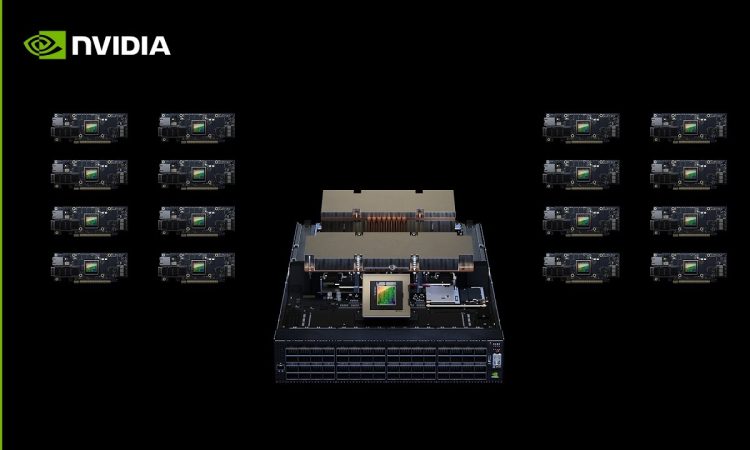
Meta and Oracle are taking a bold step to supercharge their AI infrastructure. Both tech giants have announced that they are adopting NVIDIA’s Spectrum-X Ethernet networking technology for their AI data centres. This move highlights the growing need for high-performance networking solutions that can handle the massive computational demands of today’s advanced AI models.
The Rise of AI Data Centres
Artificial intelligence is evolving at lightning speed, with models becoming increasingly complex and often consisting of trillions of parameters. Running these models requires enormous computational power and smooth data flow. Traditional networking systems often struggle under this pressure, causing performance bottlenecks.
To overcome these challenges, Meta and Oracle are turning to NVIDIA’s Spectrum-X Ethernet platform. Built specifically for AI workloads, Spectrum-X offers:
- High bandwidth
- Low latency
- Scalability to support large AI models
These features make it a perfect fit for the growing demands of AI data centres.
Meta’s Integration with FBOSS
Meta plans to integrate Spectrum-X Ethernet switches into its Facebook Open Switching System (FBOSS), a platform designed to manage network switches at massive scale. By doing so, Meta aims to:
- Improve AI infrastructure efficiency
- Accelerate training and deployment of AI models
- Deliver generative AI applications faster to billions of users
Gaya Nagarajan, Vice President of Networking Engineering at Meta, emphasized that open and efficient networking is key to supporting the company’s next-generation AI infrastructure. Integrating Spectrum-X is expected to bring greater predictability and speed for training larger AI models.
Oracle’s Development of AI Supercomputers
Oracle is using Spectrum-X Ethernet switches to build giga-scale AI supercomputers powered by NVIDIA’s Vera Rubin architecture. These “AI factories” are designed to connect millions of GPUs, enabling rapid training and deployment of complex AI models.
Mahesh Thiagarajan, Executive Vice President of Oracle Cloud Infrastructure, stated that Spectrum-X will allow Oracle to interconnect millions of GPUs efficiently, helping customers quickly train and deploy the next wave of generative and reasoning AI models.
The Spectrum-X Advantage
The Spectrum-X Ethernet platform combines Spectrum-X switches and Spectrum-X Ethernet SuperNICs. It is the first Ethernet solution purpose-built for AI, allowing hyperscalers to connect millions of GPUs efficiently and at scale.
Key benefits include:
- Up to 95% data throughput, a major improvement over traditional Ethernet, which usually caps around 60% due to flow collisions
- Scale-across capabilities, linking data centres across cities, countries, and continents
- Enhanced global connectivity, essential for seamless AI workload integration
These features make Spectrum-X a game-changer for organizations like Meta and Oracle, which require high-speed, reliable connections for distributed AI operations.
Strategic Implications
Adopting Spectrum-X represents a major shift in AI infrastructure strategy. By standardizing on this platform, Meta and Oracle are better positioned to meet the escalating demands of AI workloads.
- For Meta: Integrating Spectrum-X into FBOSS strengthens its open networking approach, providing flexibility and scalability for AI infrastructure.
- For Oracle: Building AI supercomputers with Spectrum-X and Vera Rubin architecture demonstrates a commitment to offering cutting-edge solutions for AI model training and deployment.
Looking Ahead
As AI technology continues to advance, the need for robust networking solutions will only grow. The collaboration between Meta, Oracle, and NVIDIA sets a benchmark for the industry, showing how companies can work together to tackle the challenges of AI infrastructure.
Successful implementation of Spectrum-X in these AI data centres could lead to wider industry adoption, influencing future AI infrastructure design and operation. Specialized networking technologies like Spectrum-X will play a crucial role in powering the next generation of AI capabilities.




